Damar Hamlin collapsed. Indiana mom whose son died of cardiac arrest on football field grieved
Julie West was home Monday night when she got a text from a friend: "Julie, can I call you?" Of course, she responded.
Her phone rang. "Are you watching the game?" West's friend asked. "I just want to forewarn you." There was something happening on Monday Night Football he didn't want West to see.
West wasn't watching the game between the Buffalo Bills and Cincinnati Bengals. She had no idea that Bills safety Damar Hamlin had collapsed on the field but, as her friend filled her in on what happened, more text messages flooded her phone.
Julie, are you OK tonight? Just checking on you. If you need to talk, I'm here.
West's Monday night quickly turned from mundane to massive waves of grief.
The memories came rushing back to that September afternoon in 2013 when West's 17-year-old son Jake died of sudden cardiac arrest after he collapsed on LaPorte High's football field at practice.
Medics worked to revive Jake on the field. West said they worked at the hospital even after they knew he was already gone, "hoping for a miracle." That miracle didn't happen and Jake, who had an undetected heart condition, died. He would have been 26 now.
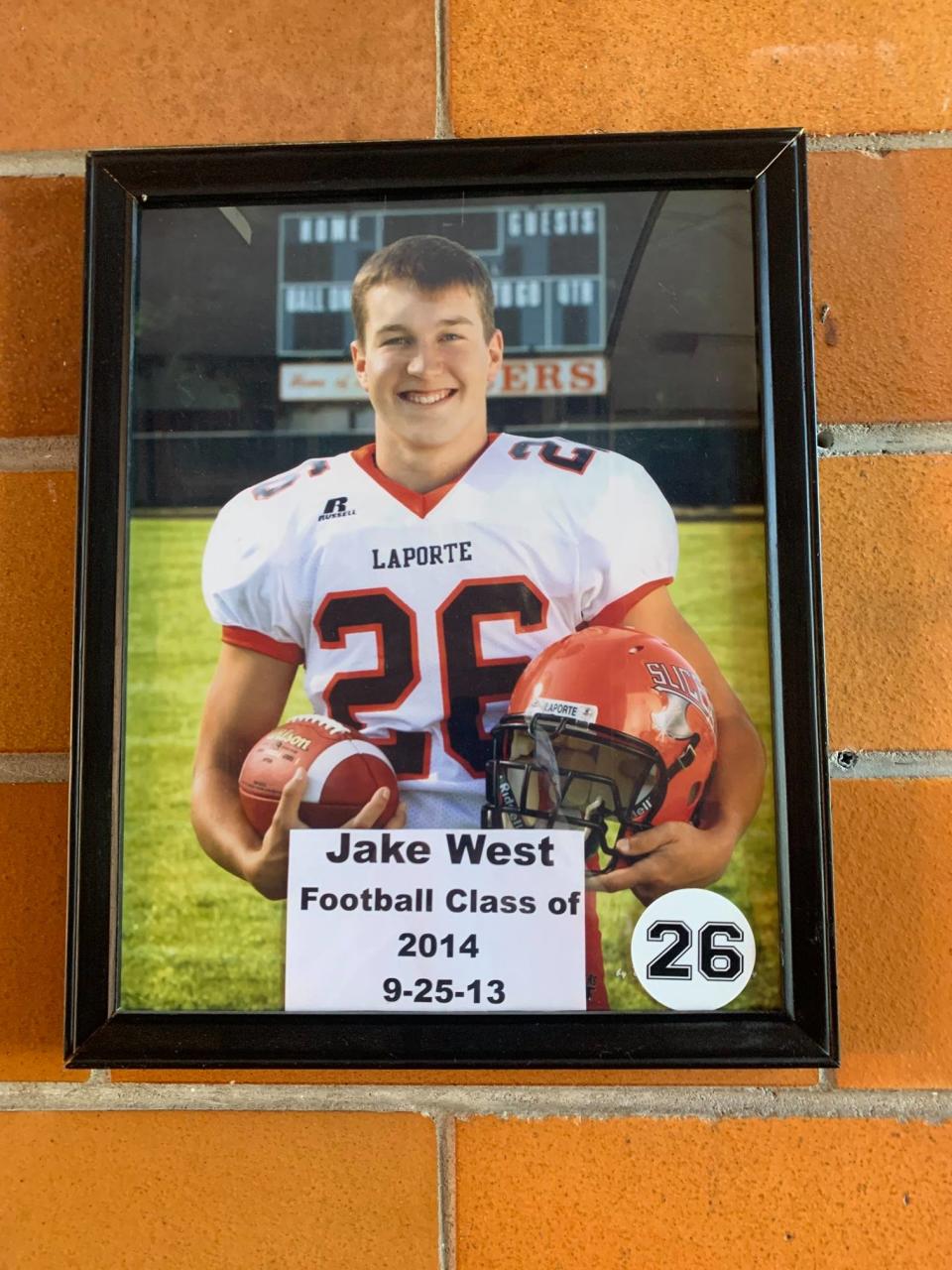
Inside the Bengals' stadium Monday, an ambulance came out on the field. Medics hovered over 24-year-old Hamlin, working to revive him. Players from both teams stood somberly around Hamlin, some of them crying. Others were on their knees praying.
West's friends, some of them Jake's friends, too, didn't want her to see the scene on the field. It would hit too close to home.
"Thank you for telling me," West told them. "That's the last thing I want to see, not only for my own eyesight, I was thinking of all Jake's friends who witnessed the same thing when it happened to him."
What happened to Damar Hamlin?
Hamlin was given CPR, oxygen and put on a stretcher before an ambulance took him to a hospital. An automated external defibrillator, or AED, was also used on the field before his heartbeat was restored, the NFL confirmed to USA Today on Tuesday.
The Bills announced early Tuesday morning that Hamlin suffered cardiac arrest. His heartbeat was restored on the field before he was transferred to the University of Cincinnati Medical Center for further testing and treatment. The Bills said Hamlin was sedated and spent the night in the intensive care unit.
As of Tuesday afternoon, Hamlin remained in critical condition.
An AED might have saved Jake's life
Jake had planned to go to Buffalo Wild Wings with the D-line for dinner after practice Sept. 25, 2013. West had stopped by the high school that afternoon to give him money.
As he hung inside her car window, Jake said, "'Thanks momma, I love you,'" said West. "And I said, 'I love you too.'"
West will forever be grateful that Jake needed money that afternoon, grateful because she got to see him alive one last time.
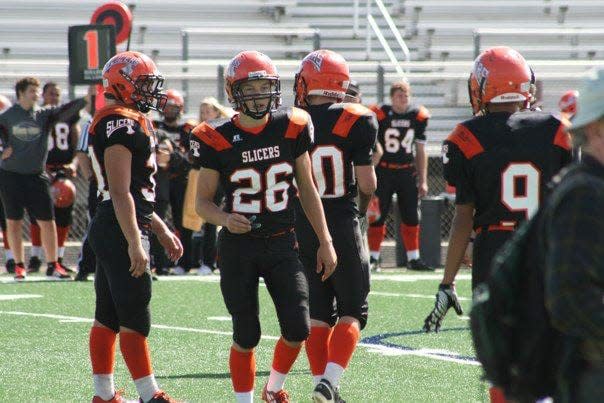
On the field at practice during a play -- there was no hit -- Jake collapsed on the field.
West was home, outside, and had left her cell phone in the house. When she came in, she saw a missed call from the LaPorte coach, who left a message. "Jake is down on the field." She tried to call back, but didn't get an answer.
"So, I just jumped in my car and flew, of course, like a crazy woman and got there," she said, "and he was already in the ambulance."
West tried to get to Jake but medical personnel wouldn't let her. Jake needed to be rushed to the hospital. At the emergency room, police officers had to hold West back.
"It was horrible. All you could do was beg, beg. That's all we did. And they worked a very, very, very long time on him," West said. "But they weren't able to save him."
After Jake died, West asked for an autopsy.
"That just kind of makes you sick to think about that. He's 17," she said. "But I thought, 'Well, I need to know. There's got to be something, something that we obviously did not catch.'"
When the autopsy came back, it revealed Jake had arrhythmogenic right ventricular cardiomyopathy (ARVC), a disease in which fatty fibrous tissue replaces normal heart muscle. ARVC interrupts normal electrical signals in the heart and may cause irregular and potentially life-threatening heart rhythms.
"He made it through every physical, never a sign or symptom," West said. "Never in a million years would I think anything was wrong with his heart."
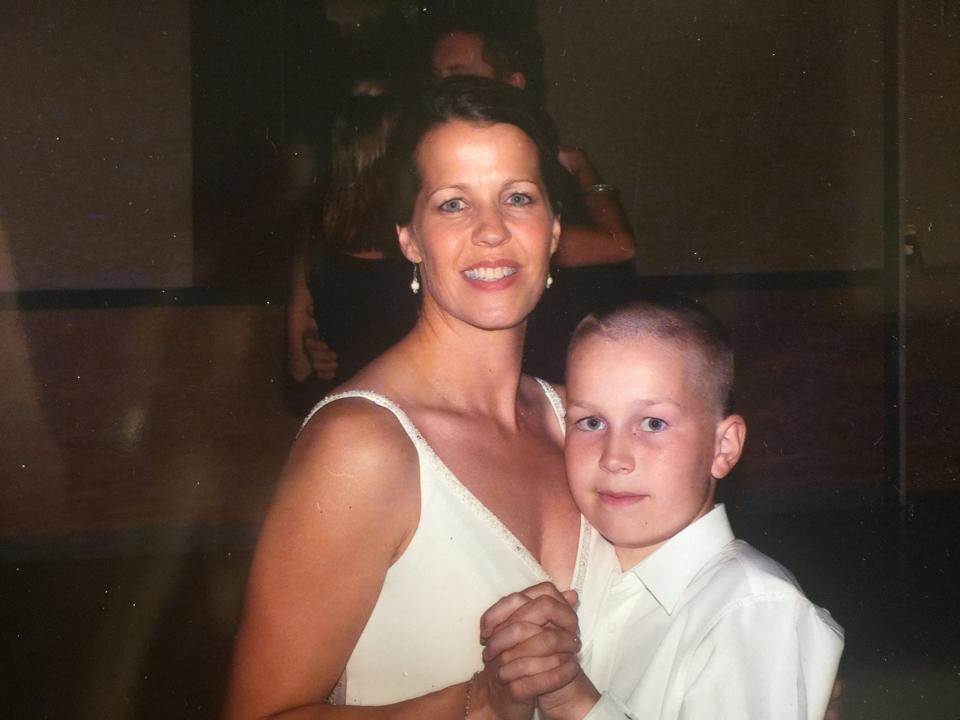
When Jake collapsed an AED wasn't on the field; it was in the coach's office. An AED could possibly have saved Jake's life, West said.
Since Jake's death, West and a team of other moms who lost their athlete sons to sudden cardiac arrest have been on a mission to get laws passed, AEDs in schools and at athletic fields and to push for mandatory education on sudden cardiac arrest.
In its simplest explanation, sudden cardiac arrest is the abrupt loss of heart function, breathing and consciousness. The condition usually results from a problem with the heart's electrical system, which disrupts the heart's ability to pump and stops blood flow to the body.
The cause of sudden cardiac arrest can be an undetected heart condition, heart disease or a hit to the chest, said Dr. Richard Kovacs, a cardiologist with IU Health.
"Sudden cardiac arrest is the fatal arrest when the heart stops beating," he said. "And that requires immediate attention or the athlete dies."
'A lot of stuff we don't know'
It's unclear what Hamlin's heart history is. And Dr. Kovacs makes clear, he has not seen any of Hamlin's medical records.
"But a lot of us who have seen the tape think it may have been related to the blow to the chest," said Kovacs, who oversees cardiology evaluations for the NFL scouting combine in Indianapolis. "But there is a lot of stuff we don’t know."
A critically-timed blow to the chest at just the right period of the cardiac cycle can cause cardiac arrest in a completely normal heart, called commotio cordis, Kovacs said.
In sports, it's most often seen in Little League baseball or hockey, when a ball or puck hits the chest, or even martial arts when a kick to the chest wall produces a cardiac arrhythmia, he said.
"It's less likely to have a blow from another human body produce a cardiac arrest," Kovacs said. But all it takes is a hit at just the right time and in the right location.
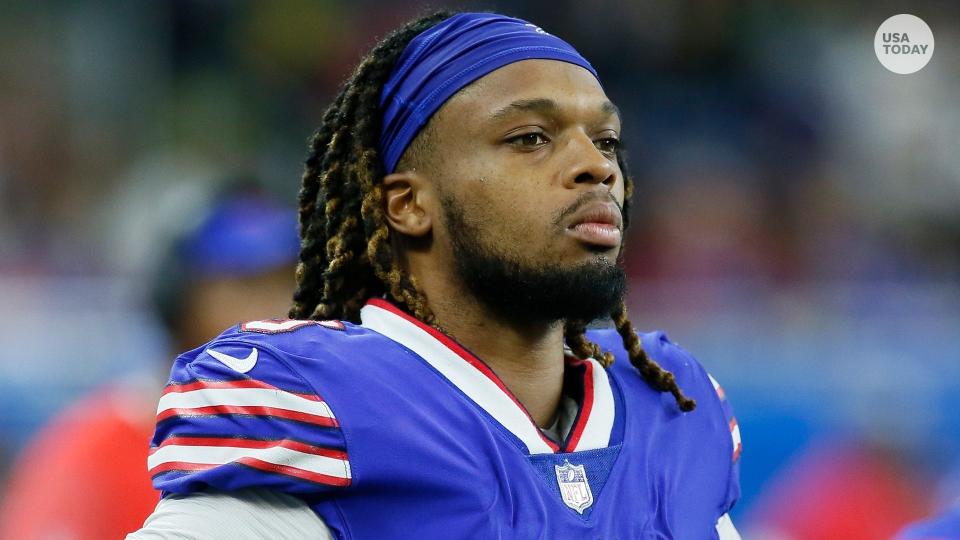
How long it will take for Hamlin to recover, if he does, is a big unknown, Kovacs said.
The Bills reported that Hamlin is sedated, which Kovacs said likely means he's in therapeutic hypothermia, a method of cooling the body to preserve brain function and prevent injury from cardiac arrest. Depending on the hospital and team of doctors, the treatment can last anywhere from 24 hours to 48 hours, Kovacs said.
"You wait and that’s very, very tough on the family," he said. "They say, 'We’re going to keep him stable for a while then remove the sedation, then see where brain function is.' It doesn't mean that it's bad news. It just means that they are following the protocol."
Kovacs said he hopes what happened Monday night on football's biggest stage will raise awareness to heart issues and screenings.
"One of the key messages for this is even a highly-trained, perfectly normal, highly cared for elite athlete can have cardiac arrest, even with the best screening," Kovacs said. "The message here is to have an emergency action plan. That was demonstrated last night. They got out on the field, recognized it might be a cardiac arrest and had a defibrillator."
Both Kovacs and West hope to one day see AEDs everywhere, at airports, casinos, sports fields, schools, places of business and churches. It is a machine that once on the person's chest does all the work itself. It knows whether to give a shock or not. "People don't need to be scared to use these," Kovacs said.
"For the general fan in the stands, the message is you can save a life," he said.
West, who has been a fierce advocate for heart screenings, is also working with lawmakers to get a bill passed that requires AEDs at schools, on athletic fields as well as education on the machines and on sudden cardiac arrest.
She hopes people can learn from the tragedy that happened Monday, a tragedy she hopes will have a positive outcome because an AED was on the field.
"It's not if these things are going to happen, it's when these things are going to happen," West said. "And if we are not prepared that life that is laying there will not be saved."
Learn more, save lives
-- Learn more about Sudden Cardiac Arrest (SCA)
-- Get involved. Ask your school, athletic office or place of business if there are working, accessible AEDs
-- At Lucas Oil Stadium, there are 17 AEDs located on the Street, Loge and Terrace levels. The locations of the AEDS are on maps on Lucas Oil's website. In addition, medic teams have AEDs when they are on site for events at the stadium.
-- Pediatricians and other primary care providers should evaluate whether a patient’s clinical history, family history or physical examination suggests a risk for sudden cardiac arrest or sudden cardiac death.
-- If there is a concern, an electrocardiogram should be the first test administered and it should be interpreted by a physician trained to recognize electrical heart disease. The doctor should factor in a patient’s clinical history and consider referral to a specialist.
-- Know these key questions. Have you or you child ever fainted, had an unexplained seizure, experienced chest pain or shortness of breath? Does your heartbeat rapidly sometimes even at rest? Does anyone in the family have a history of cardiac conditions or death before age 50?
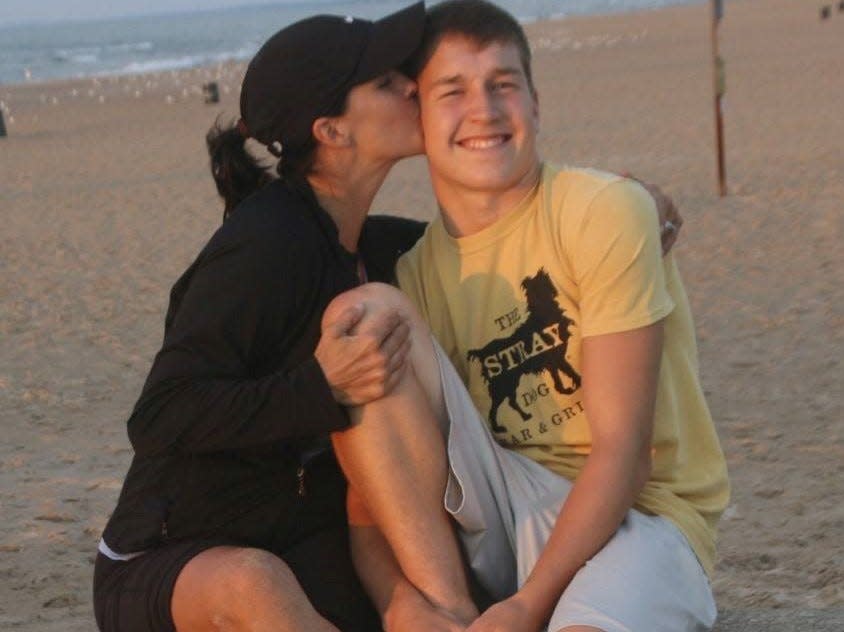
-- Learn how to become a Heart Safe School through Project Adam, https://www.projectadam.com/, which began in 1999 after the death of Adam Lemel, a 17-year-old Whitefish Bay, Wisconsin, high school student who collapsed and died while playing basketball. Email Indiana's Project Adam affiliate at projectadam@iuhealth.org
-- Learn more at the Play for Jake Foundation https://playforjake.org/ and Zac Mago Foundation. https://zacmagofoundation.org/
Follow IndyStar sports reporter Dana Benbow on Twitter: @DanaBenbow. Reach her via email: dbenbow@indystar.com.
This article originally appeared on Indianapolis Star: Damar Hamlin collapsed. Mom whose son died of cardiac arrest grieved

